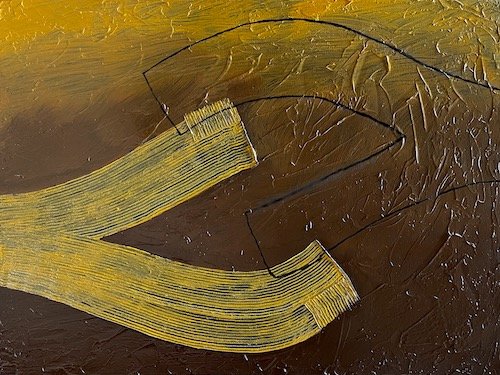Seattle’s Gallery 110 (110 Third Ave. S.) presents a show of 18 paintings in my series The Impossibility of Knowing, 5-28 October.
I’ve mentioned this series before – it seems to be a favorite of art jurors and curators. The gallery is open Thursdays, Fridays, and Saturdays from 12-5pm.
I’ll be there:
Thursday 10/5, 4-8pm for Pioneer Square’s First Thursday artwalk (see this site for a list of galleries and garages offering free parking -- including the Frye Garage across the street from Gallery 110)
Friday 10/6, 12-7pm – for the show’s opening reception!
Saturday 10/7, 12-5pm
Saturday 10/21, 12-5pm, including a special Q&A with Nick Riesland from 1-2pm
Saturday 10/28, 12-5pm.
Please come by, and recommend a visit to friends: what makes this worthwhile is seeing and talking with people about images, reactions, and interpretations. I titled the series The Impossibility for Knowing because it brings lots of questions to viewers (including to me, and I painted the pieces!).




